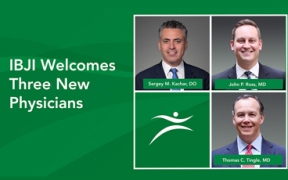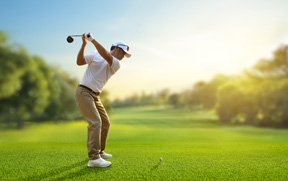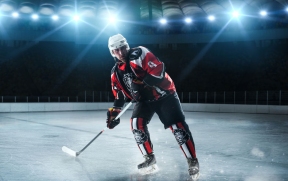Hamstring strains are one of the most common sports injuries that can affect any athlete, from professional gymnasts to martial arts practitioners. Whilst sprinting or doing any fast stretching movement you may experience an acute or sudden hamstring pull, with a sudden sharp pain and these injuries can usually range from minor to severe.
Any activity, exercise or sport that involves running or jumping, involves the hamstring muscles along the back of the thigh. If any of the three separate muscles, the semitendinosus, semimembranosus and biceps femoris that make up the hamstring muscle group gets affected, then you may develop a hamstring strain.
Sprinting related hamstring strains affect the point where the muscle joins the tendon, lower down the thigh. During sprinting the hamstring muscles are overworked especially just before the foot hits the ground and it is most prone to tear at this point. You are more likely to feel stretch related hamstring strains in the tendons, higher at the back of the thigh. Hamstring pulls often feel worse but recover more quickly, whereas stretch related hamstring injuries affect the tendon, so they tend to take longer to heal.
Causes of Hamstring Injury
There may be a number of reasons for hamstring injuries like-
- Poor muscle coordination and lack of strength in the hamstring muscles during sprinting
- Poor running mechanics and lack of strength in hamstring muscles to absorb shock during the ground contact phase of running
- Lack of proper dynamic warm up to prepare the hamstring muscles for activity
- Muscle fatigue from high speed workout
- Abnormalities in lumbar spine or poor pelvic control that weaken nerves and muscles
- Previous hamstring injuries increase the chance for future injury
- A wet slippery surface increase the chance of slipping, which can overstrain the hamstring
Symptoms of Hamstring Injury
You have to recognize the symptoms of a pulled hamstring before treating it. You are likely to experience a twinge or dull ache with mild or low grade hamstring strains but with severe hamstring strains even walking or standing can be extremely painful.
- You may experience severe pain that is suddenly brought on by exercise.
- There may be a snapping or popping feeling along the back of the thigh.
- There will be reduced hamstring flexibility.
- When walking or bending over you may feel pain in the back of the thigh and lower buttock.
- Tenderness and bruising along the back of the legs and muscle bulk.
Even a mild strain can become a big problem if untreated. There is a grade accorded to the pulled hamstring from 1 to 3, depending on the severity of the injury.
Grade 1 Hamstring Strain
- May experience some hamstring discomfort.
- There will be some tightness in the back of the thigh.
- You may see mild swelling and feel spasms.
- Bending your knee will not result in any pain.
Grade 2 Hamstring Strain
- You may not be able to walk normally and will most likely be limping.
- Any activity may cause sudden twinges of hamstring pain.
- There will be tenderness in hamstring muscles, swelling and palpable pain.
- Bending your knee against resistance can prove to be painful.
Grade 3 Hamstring Strain
There will be severe injury with possibility of a tear to half or all of the hamstring muscle.
- You may need crutches to walk.
- You will feel severe pain and weakness in the muscle.
- Bruising and obvious swelling will be noticeable immediately.
Treatment for Hamstring Strains
With adequate rest minor to moderate hamstring pulls will most likely heal in a few weeks. Initial treatment for a hamstring strain should start immediately post injury following the doctrine of PRICE (protection, rest, ice, compression and elevation) and last for 24 to 48 hours.
Rest as much as possible, with the leg elevated. Cold therapy and compression should be applied and compression bandage can be worn to control swelling. Ice the affected leg for 15 to 20 minutes every hour for the first couple of days after the injury and use over the counter medications, like Ibuprofen to help alleviate pain.
The Illinois Bone & Joint Institute has more than 90 orthopedic physicians, and 20 locations throughout Chicago. We’re here to help you move better so you can live better.




